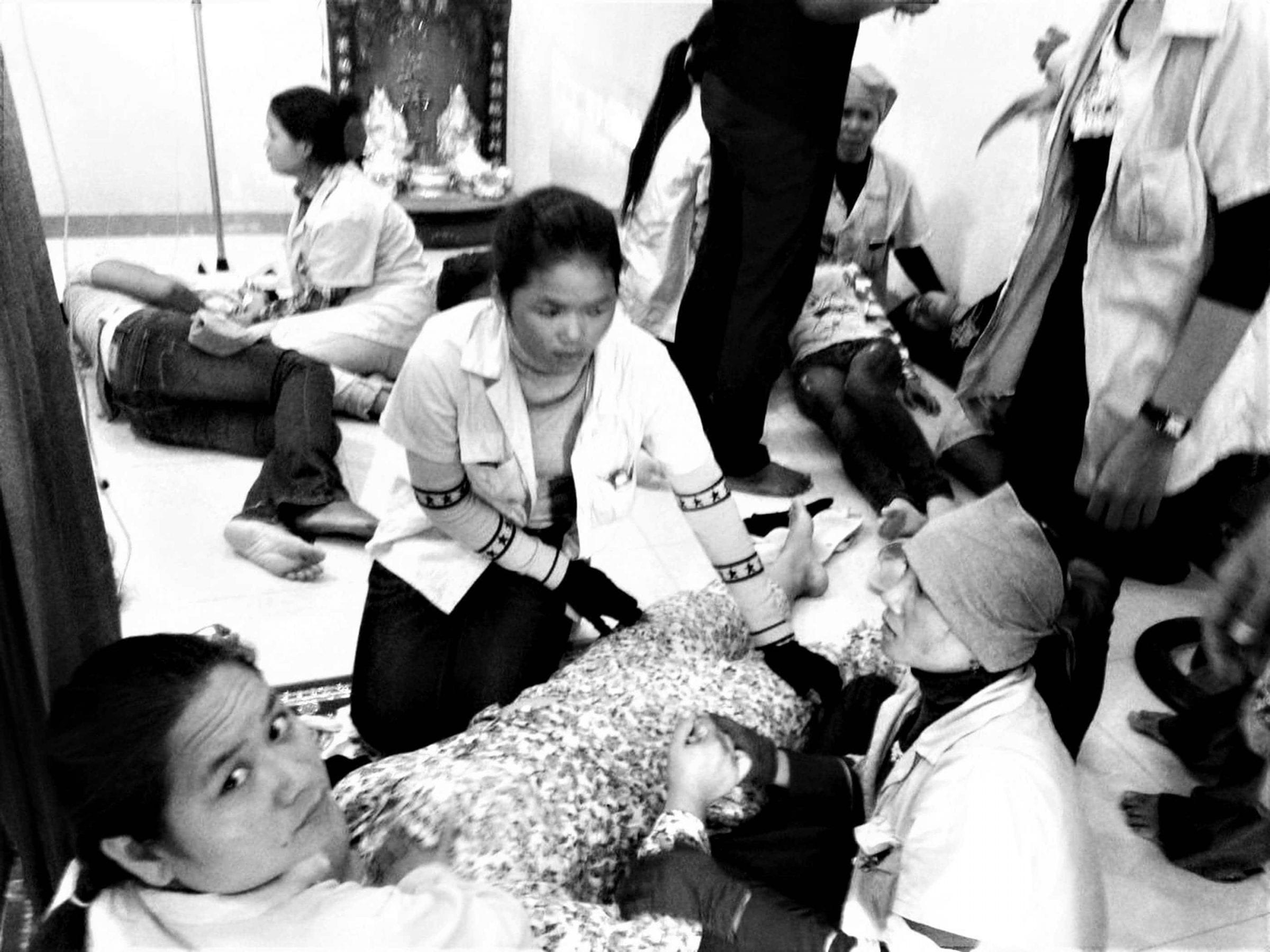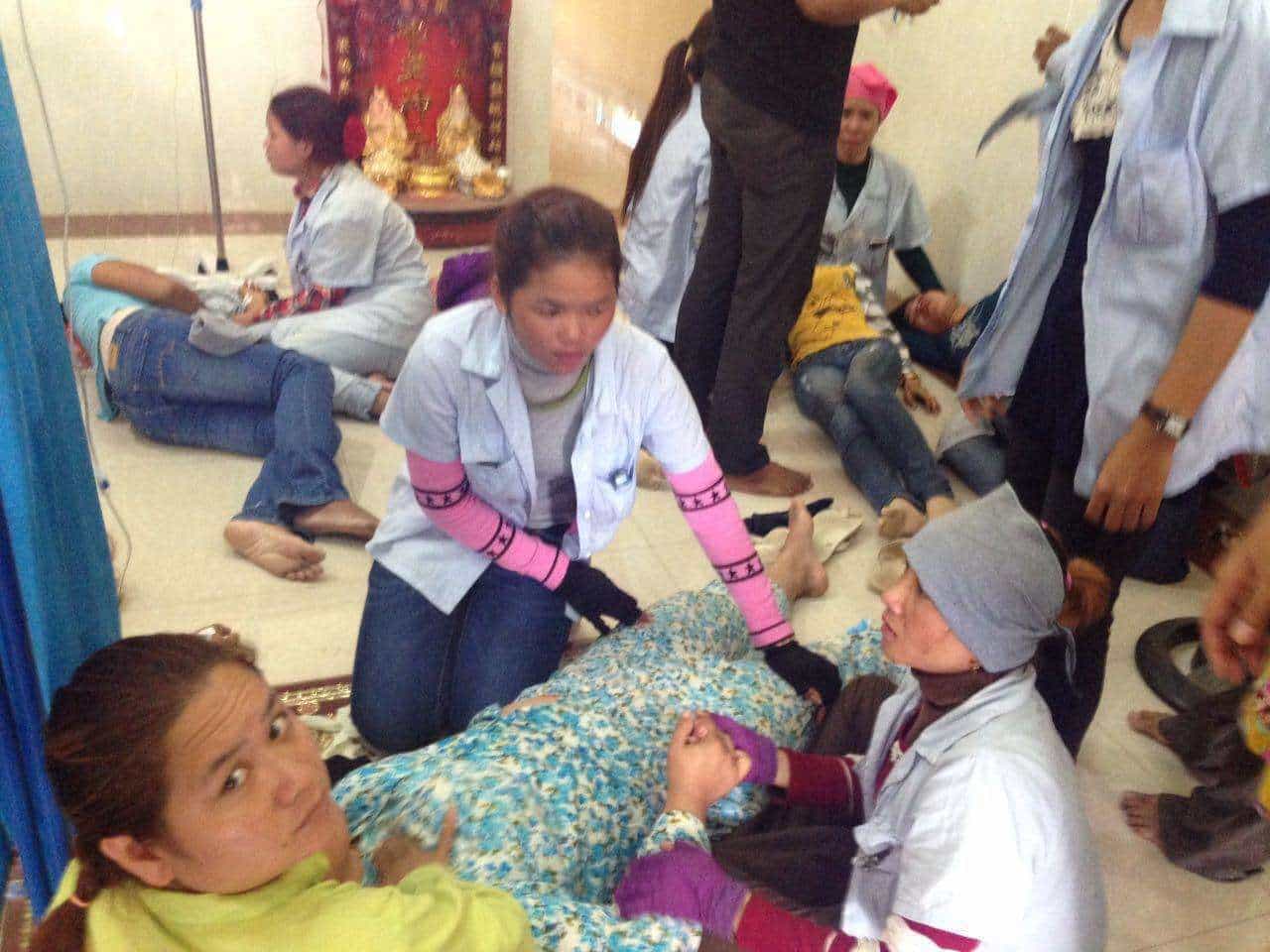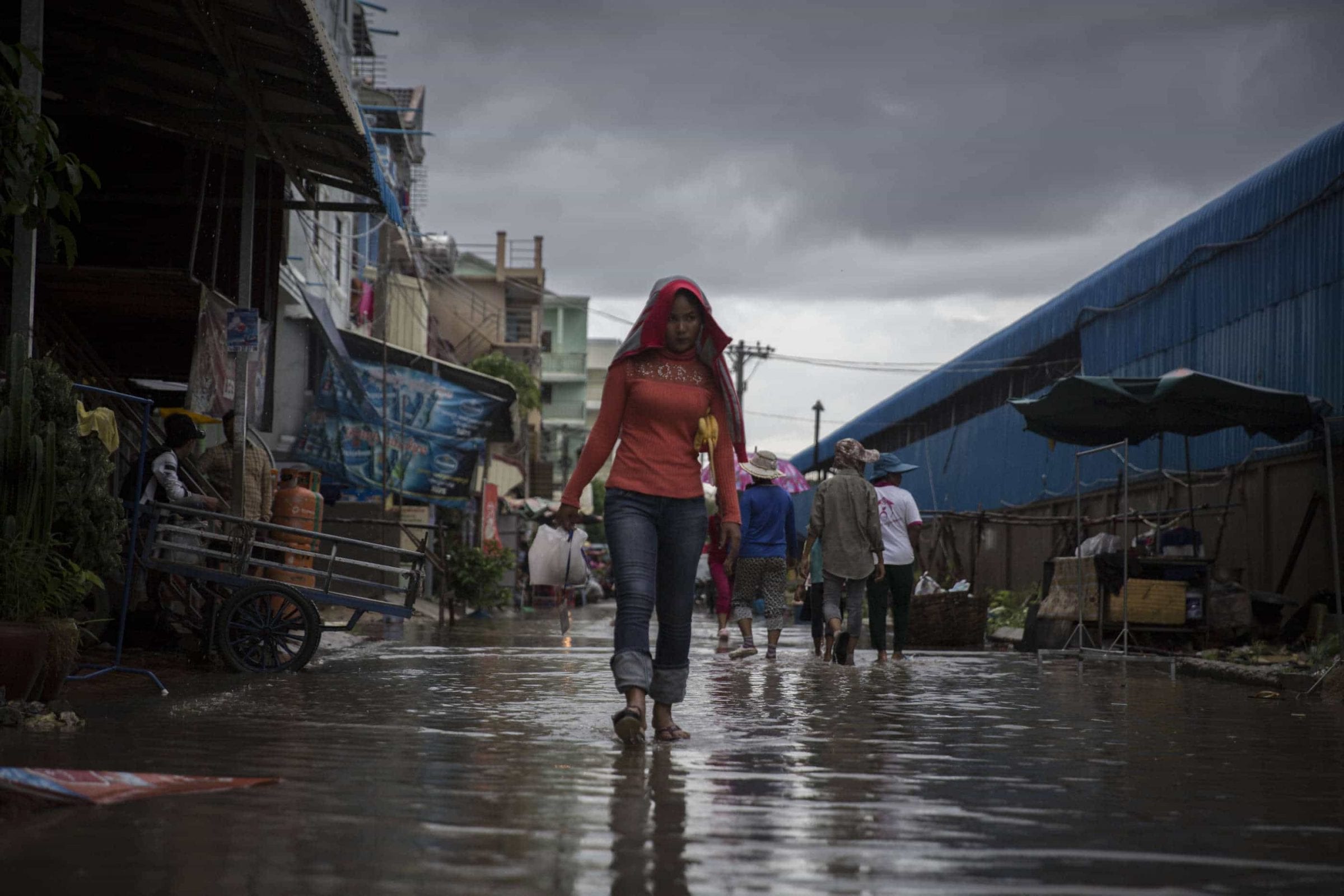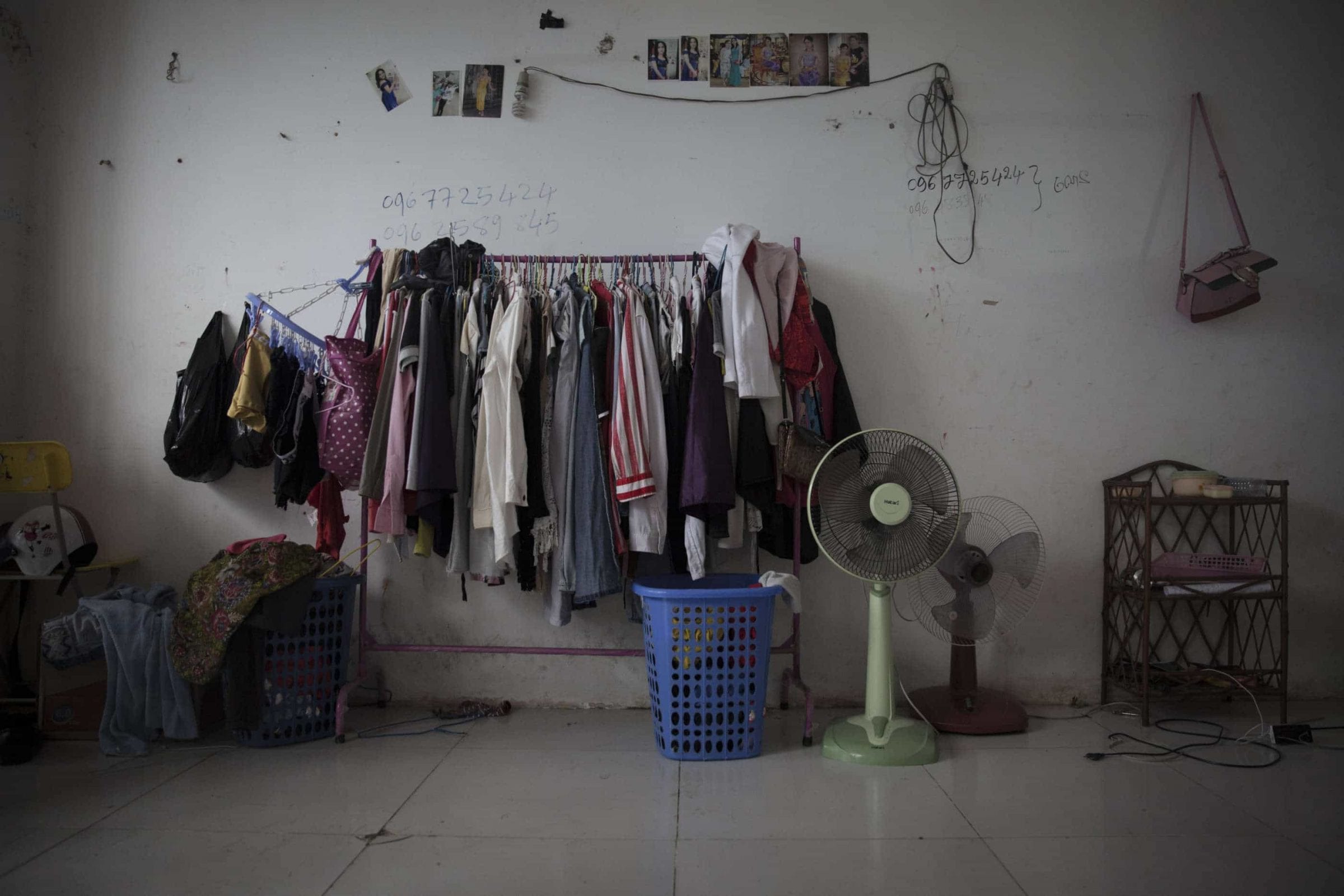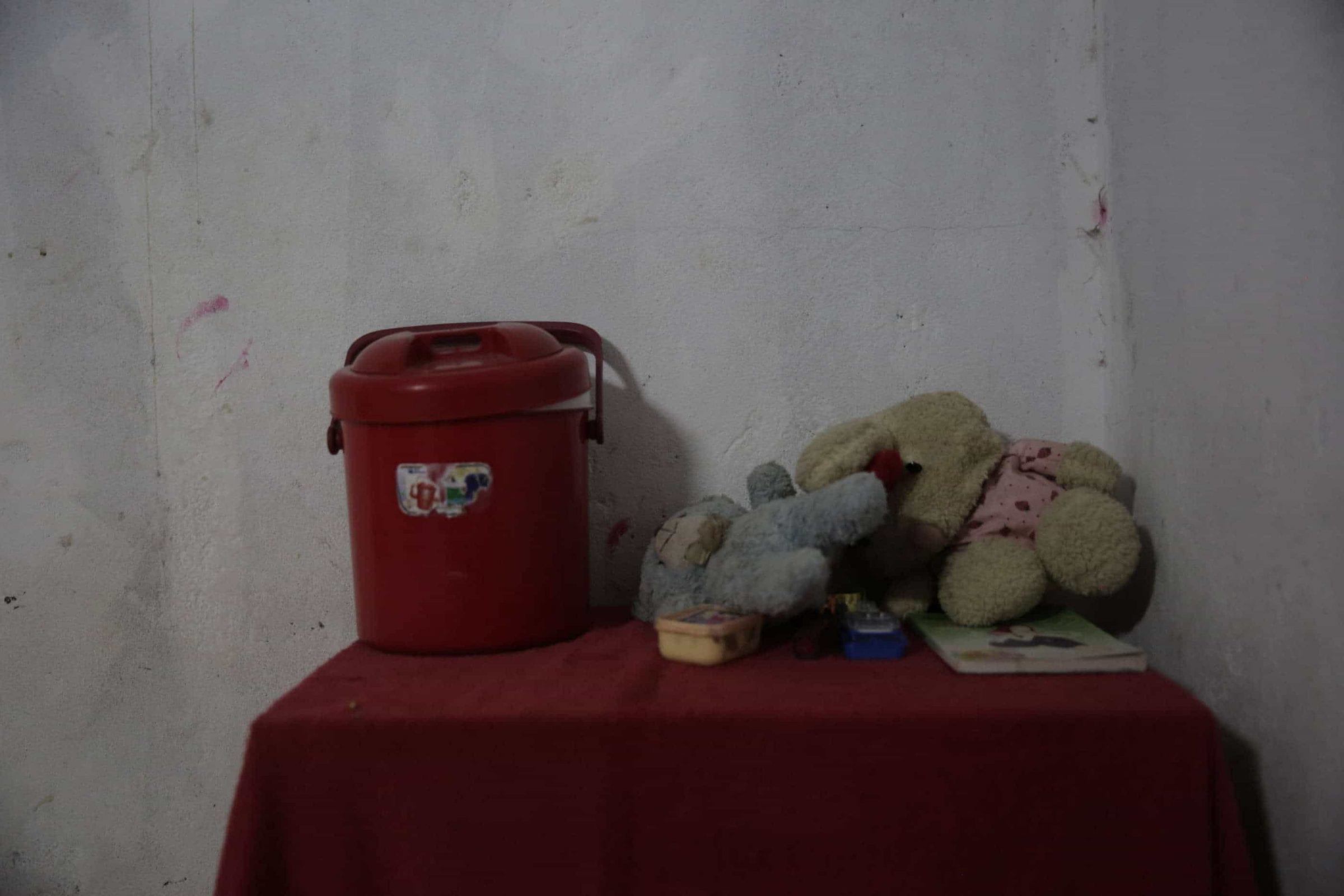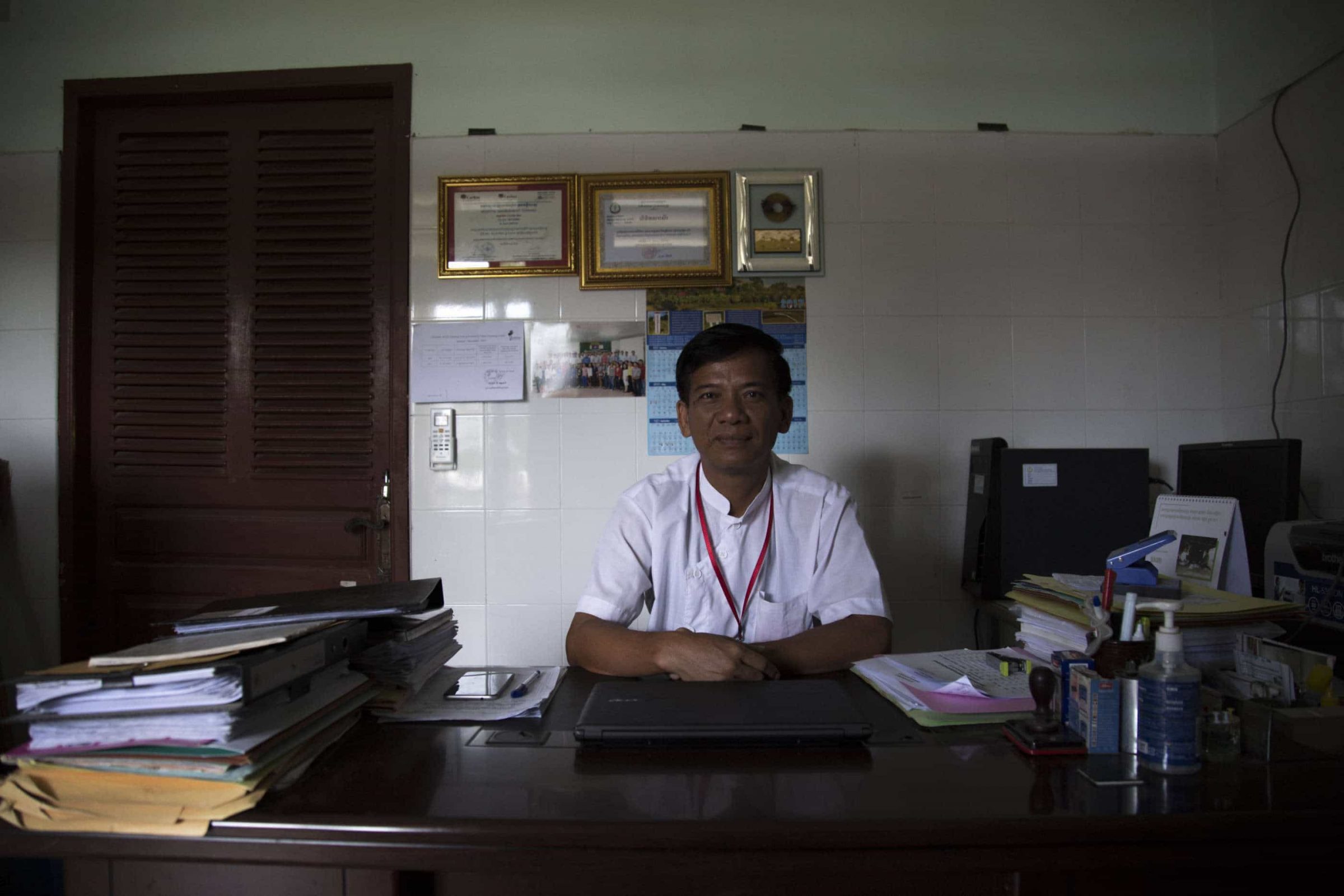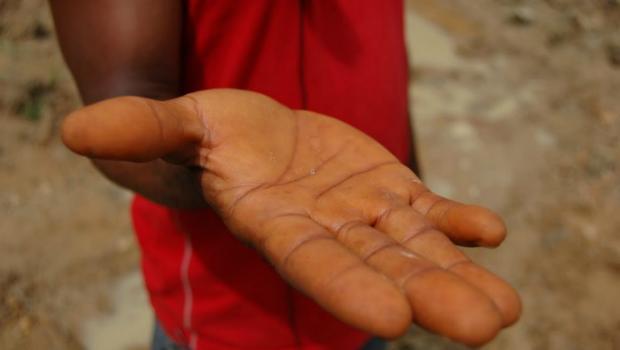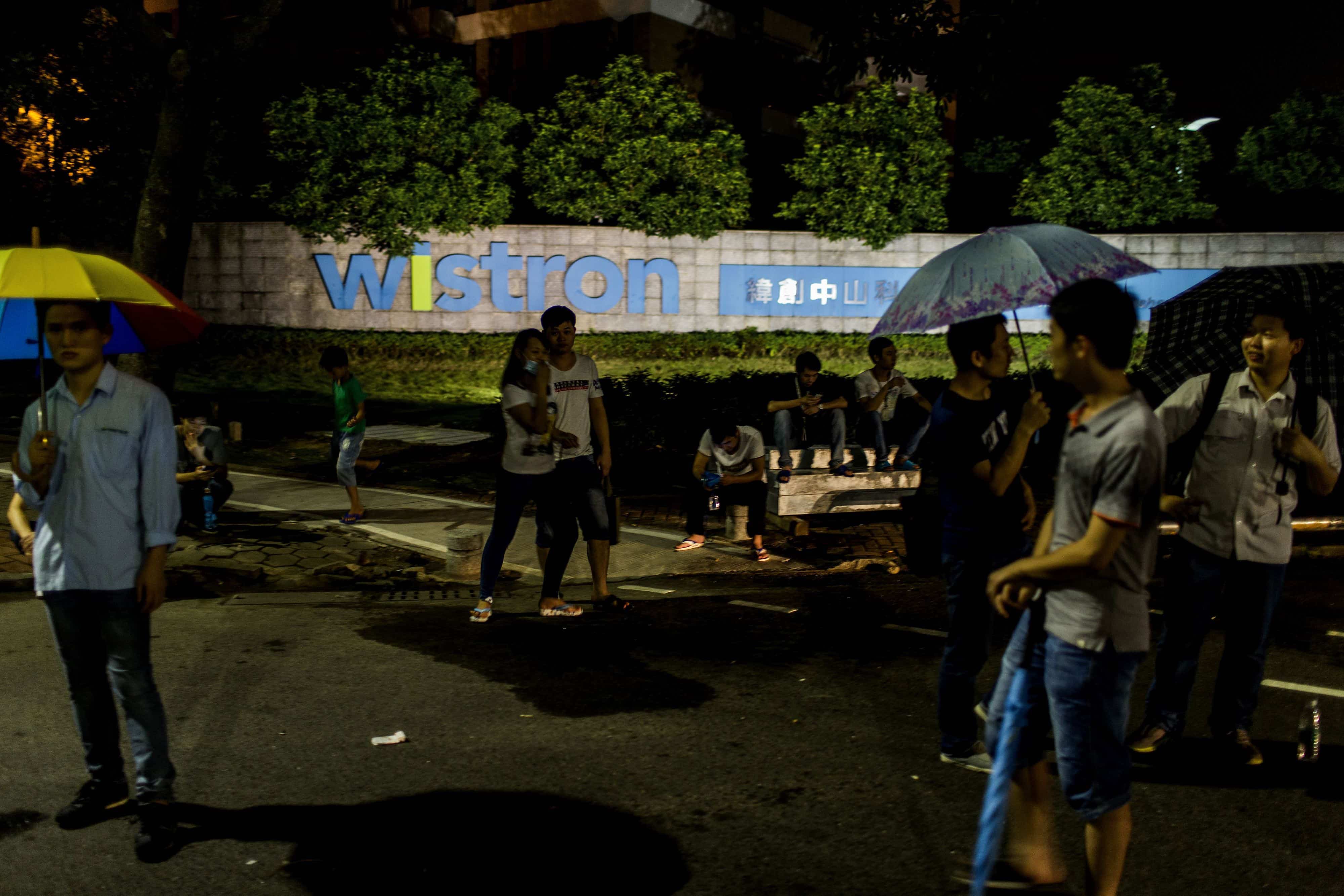Cambodian trade association: “It’s an act”
The Cambodian garment industry consists of just over 800 factories, worth in excess of $5 billion. Nevertheless, it is vulnerable to a phenomenon like mass faintings.
Every day that a factory must shut its doors, its owner loses $100,000 on average, according to Ken Loo, general secretary of the national garment industry’s trade association, Garment Manufacturers Association Cambodia.
He also doesn’t quite believe in the mass faintings.
“To begin with, the term ‘mass-faintings’ is imprecise. It’s not 100 people fainting at once. You have perhaps 100-150 people who become nauseated or feel unwell, and they are all sent to the hospital for treatment. Then the reports say 150 faintings.”
Loo believes the faintings have only one thing in common. “Low blood sugar,” he says.
“Of course there are cases where there has been inadequate ventilation or overheating, but these are the exception, not the rule. By and large the main cause has been poor health and low blood sugar.”
Don’t you have any responsibility as an industry?
“Of course it’s the employer’s responsibility to ensure decent working conditions, or at least make sure that they don’t cause the workers to faint. So a decent temperature level and proper ventilation. But if the workers don’t eat breakfast, and for one reason or another faint at 10:00 a.m., that’s not the employer’s fault.”
A fair amount of research suggests that they are in poorer health and have lower BMI than other Cambodians. What do you say to that?
“I don’t know anything about that.”
What about anaemia?
“Well, anaemia, I don’t know if it’s high compared to the rest of the population, but if you say you’ve seen research…”
I’m just wondering if there’s a connection here.
“Well, obviously there’s a connection, they’re skipping meals!”
The workers say they are not allowed to eat snacks during the day, because it can damage the fabrics…
“Not alone damage the fabrics, they’re supposed to be working!”
Yes, but if the reason they’re fainting is low blood sugar, perhaps an idea would be to allow them snacks and water?
“A number of these are cases of mass-acting. If they see a government official, they faint. But as soon as the official isn’t looking at them any more, they’re talking on their mobile phones again, full of energy. It’s just an excuse for a day off for them.”
Loo continues, unprompted.
“Perhaps you would like us to comment on the unions’ accusations that workers are not paid enough to eat properly or to live in proper houses, but this is total nonsense. They all have smartphones. If I choose to use public transport or walk to work and live in a big house, I can’t claim that I don’t earn enough to own a BMW. It is a life choice, and it’s the same for the workers. They can’t say they don’t earn enough when they all have a smartphone. You say that communication is a necessity? Fine. But you don’t need a smartphone. And some of them take out loans to buy motorcycles. If the banks give them a loan, then their household income must be at a certain level. If you don’t eat properly, I’m sure you can get a loan from a micro financing institution. So I won’t accept that assertion. It’s nonsense and stupid,” he says.

